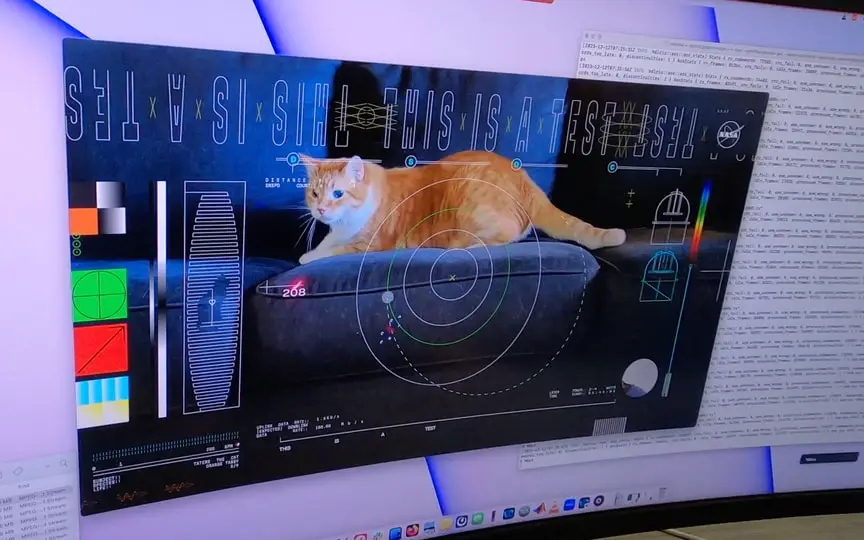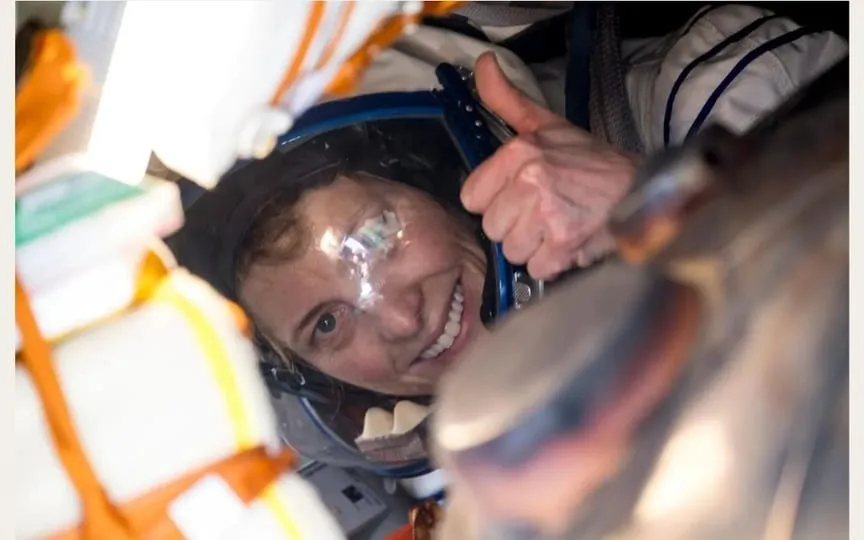NASA sets new records by transmitting cat video from deep space to Earth using laser in Asteroid Psyche mission.
NASA’s Asteroid Psyche mission has made a remarkable breakthrough in space communication. They have accomplished an extraordinary feat by transmitting an ultra-high definition video of a lively cat named Taters from an astonishing distance of 31 million kilometers. This unprecedented broadcast, which took place on December 11, showcases the capability of streaming data with high bandwidth from remote areas of space. It signifies a significant technological leap that has the potential to revolutionize future interplanetary missions.
A short video showing the adorable antics of Taters, an orange tabby cat, was preloaded onto NASA’s Psyche spacecraft, which is currently on its way to the asteroid belt between Mars and Jupiter. The footage not only delights viewers with Taters’ playful pursuit of the laser pointer, but also provides technical insights through superimposed graphics detailing the spacecraft’s orbit and the laser’s data bitrate.
Transmission over millions of kilometers
The Psyche probe’s laser transceiver facilitated the transmission of this video to Earth, where it was received by the Hale Telescope at Caltech’s Palomar Observatory in San Diego County. From there, the video traveled to NASA’s Jet Propulsion Laboratory in Southern California.
Deep space communication
Bill Klipstein, director of JPL’s Technology Demonstration Project, highlighted the project’s goals, stating, “One of the goals is to demonstrate the ability to transmit broadband video over millions of kilometers. Nothing on Psyche produces video data, so we usually send packets of randomly generated test data.”
NASA Deputy Administrator Pam Melroy highlighted the significance of this technological leap, stressing, “This achievement underscores our commitment to advancing optical communications as a key component in meeting future communication needs.”
According to the Speedtest report, a 15-second test video sent via an in-flight laser transceiver at a maximum bit rate of 267 Mbps reached the ground in just 101 seconds. This successful transmission, equivalent to broadband Internet download speeds, demonstrates the project’s potential to support high-definition data transmission for future exploration of Mars and beyond. As the Psyche spacecraft heads toward the asteroid belt, this technology demonstration promises to enable the transfer of complex scientific data and high-definition images, opening the door to a new era of deep space exploration.




